
A comeback provides no guarantee of success, but few sports provide more comebacks than professional tennis.
They are arriving wave after wave, particularly in the women’s game, where returning to action after maternity has become more common.
Australian
After the WTA stars, Elina Svitolina and Caroline Wozniacki came back last season, the trend is continuing in 2024, with Naomi Osaka and Angelique Kerber, both former No. 1 players and multiple major champions.
Both are new mothers who have been out of the game for more than a year and both will be in the draw as the 2024 season begins in earnest on Sunday with the Australian Open, the year’s first Grand Slam tournament, which Kerber won in 2016 and Osaka in 2019 and 2021.
“I’m so happy to see it,” said Kim Clijsters, the former world No. 1 from Belgium who made one of the most successful post-motherhood comebacks, winning the 2009 United States Open as a wild card. “I know when I started, some of the rules that are in place now were not in place. I know that Serena [Williams] definitely changed a lot of that: the different guidelines which just makes it easier for players to not feel the pressure, the pressure that female athletes feel to postpone a pregnancy. They might feel ready for it and want to do it, but because of the career and sponsors, they might keep postponing it.”
Significant obstacles remain, particularly for players who were not highly ranked before their maternity leaves or lack the financial means to travel on tour with their families and support teams. But the landscape is shifting.
Tennis has a history of mothers winning singles majors: The Australians Margaret Court and Evonne Goolagong did it in the 1970s and the 1980s before Clijsters. But the number of working mothers on tour has increased. Serena Williams reached four major singles finals, losing them all, after her return to the tour in 2018.
Osaka, 26, and Kerber, who will turn 36 on Thursday, are at different stages of their careers, but both are returning after more than a year away.
They will be joined at the Australian Open by Emma Raducanu, the big-surprise U.S. Open champion in 2021, who is coming back from multiple surgeries at age 21 after nearly eight months away. They all would have been joined in Melbourne by Rafael Nadal, one of the greatest players in history, if Nadal had not withdrawn because of a new injury suffered during his comeback tournament last week in Brisbane.
Nadal, a 22-time Grand Slam singles champion, missed nearly a year of action because of an injury to his left hip and psoas muscle that required surgery in June. In Brisbane, after two convincing victories full of winners and verve, he was beaten by Jordan Thompson in the quarterfinals. Nadal later announced that he had a small muscle tear that was not in the same spot as his previous injury.
Comebacks come with ample uncertainty, particularly at age 37. But the oft-injured Nadal plans to return to action again in what he has said is most likely his final season. His aim is to peak for the European clay court season, which will culminate with the French Open and the Summer Olympic tennis event, both staged at Roland Garros, where Nadal has been at his most dominant, winning a record 14 singles titles.
Osaka has more time on her side. She left the tour in late 2022 and said she briefly considered retirement because she was no longer finding joy in the game. But she is back after giving birth to a daughter in July and though she is ranked No. 833 and lost in the second round of her comeback tournament in Brisbane, she showed flashes of sparkling and overpowering form.
“It would be sad to lose Naomi to tennis at such an early age,” said Paul Annacone, the former coach of Pete Sampras, Roger Federer, and Sloane Stephens. “It would definitely be a hit to the game, but I think if she stays healthy mentally and physically, I don’t see any reason that she can’t get back and contend and give herself chances at the latter stages of majors. But a lot of it is going to be how well the mind leads the body for her.”
Osaka’s first serve and groundstrokes remain some of the most potent weapons in the women’s game, and her big-bang base-line play is similar in approach to the leaders of the women’s game: No. 1 Iga Swiatek, No. 2 Aryna Sabalenka and No. 3 Elena Rybakina.
Many consider that Osaka’s mobility and variety need work, however, and while she has expressed a desire to become more versatile, she remains a one-surface threat with little experience or success on grass courts or clay. Still, a majority of the tour, including the Australian Open, is played on the hardcourts that suit Osaka’s high-risk game, and her eagerness to compete was evident in Brisbane.
“The most important thing I’ve heard from her is that she’s super motivated,” Clijsters said. “I think when she has that and the belief, I think she can do anything. Of course, to win a Slam, everything has to kind of fall into place. There are a lot of good players out there who are really hungry to win and who make it tough. But Naomi can definitely have a great run in this frame of mind.”
Clijsters has experienced successful and unsuccessful comebacks. When she ended her early retirement in 2009, she went on to win three majors before retiring again in 2012 because of nagging injuries and a desire to spend more time with her growing family. But when she returned to the tour again at age 36 in 2020, she struggled with the isolation on tour because of the pandemic and played just five singles matches over two years, losing them all.
She is now retired for good, living with her husband and three children in New Jersey and is honorary president of the International Tennis Hall of Fame.
“Now that I’m older, and I look back on it, the best times in my career were those times when I was training for a big goal,” she said. “Holding up the trophy is a very short moment. What I think is the addicting part about it, is the part before the big moment.
“I think a lot of people on the outside struggle with accepting that once you’ve won a lot of Grand Slams and once you’ve been No. 1 in the world that you find enjoyment in playing tournaments and maybe losing early. It’s not fun to lose, don’t get me wrong, but there’s still an enjoyment in the preparation and in getting out there and trying to find solutions. Of course, the goal at the end of the day is holding up the trophy, but that’s not what drives you every day when you wake up. It’s the little goals.”
Osaka, like the others starting their comebacks, will be unseeded for the Australian Open, meaning they could have drawn anyone in the first round. She drew the No. 16 seed, Caroline Garcia, while Kerber will face Danielle Collins, a former Australian Open finalist who is also unseeded.
Kerber returned to competition at the United Cup, a mixed men’s and women’s team event. Her team, Germany, won the title, though she won just one of five singles matches. She can still move and read the flow of play beautifully, but her counterpunching game looks to many as underpowered at this stage.
But she, Osaka, Raducanu and Wozniacki have the potential to make seeded players suffer in Melbourne.
“They are all floaters, which is pretty scary,” said Jessica Pegula, the American ranked No. 5, referring to dangerous unseeded players who could land anywhere in the draw.
It should make for a gripping opening week, but the real thrills would come if Osaka or another member of the comeback crew can go deep in the second week, as well.
AUSTRALIAN OPEN: BEN SHELTON, THE AMERICAN WITH THE BLINDING SERVE, RETURNS


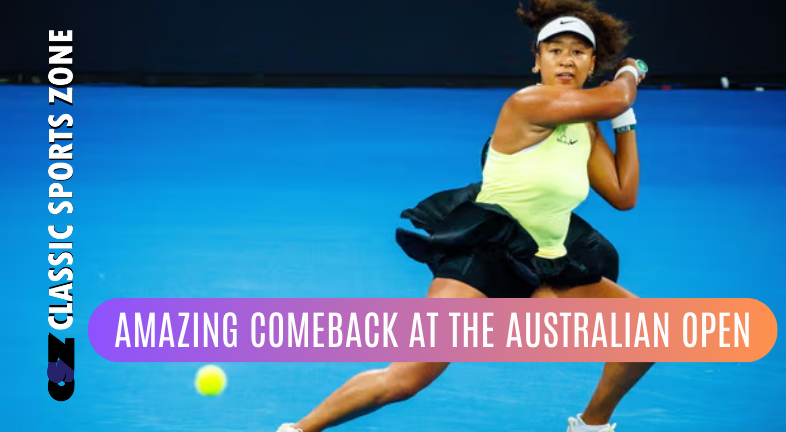
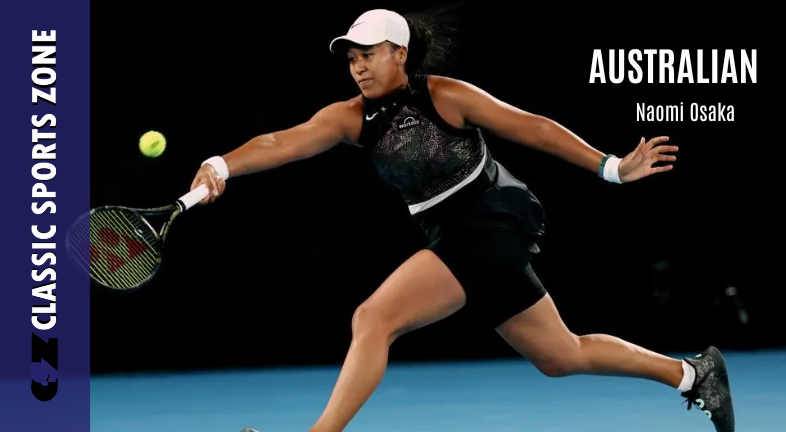
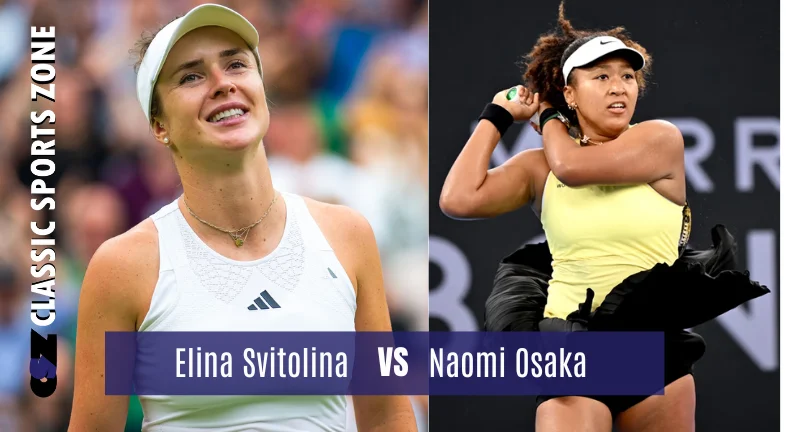
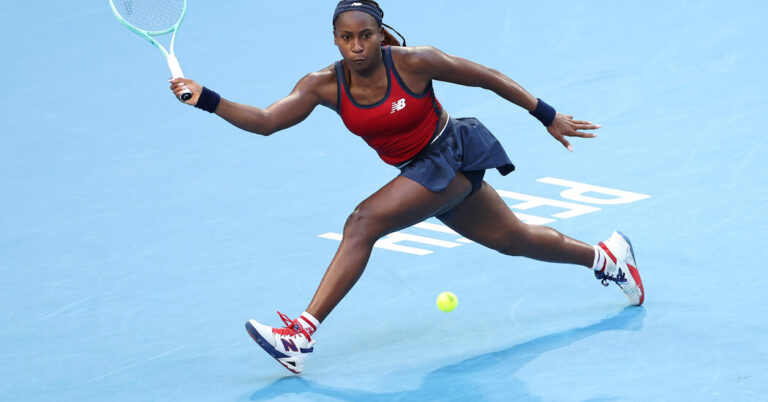
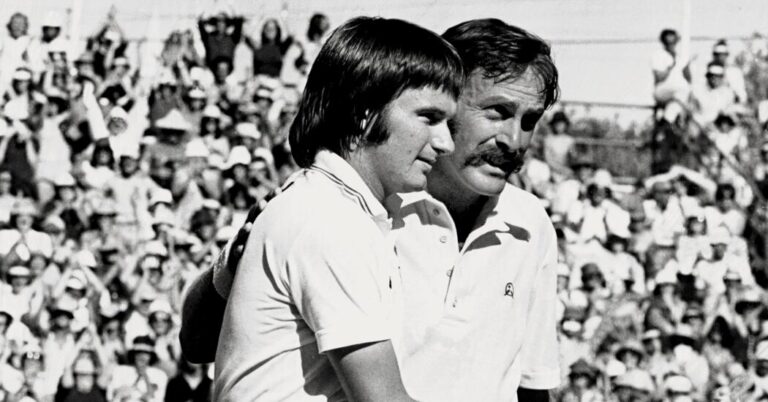


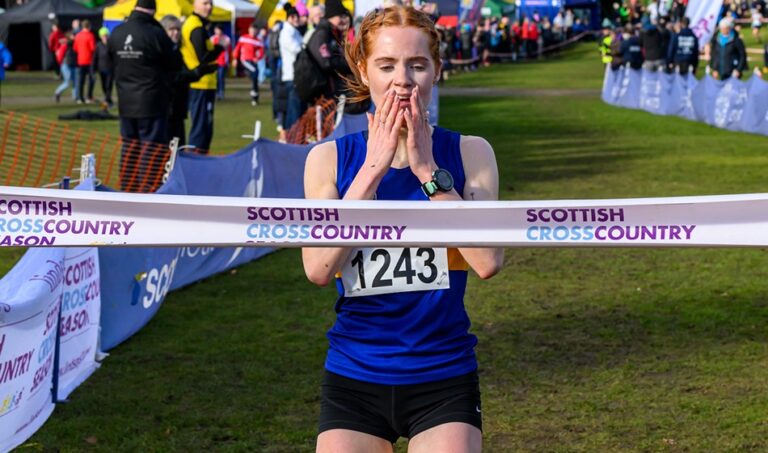
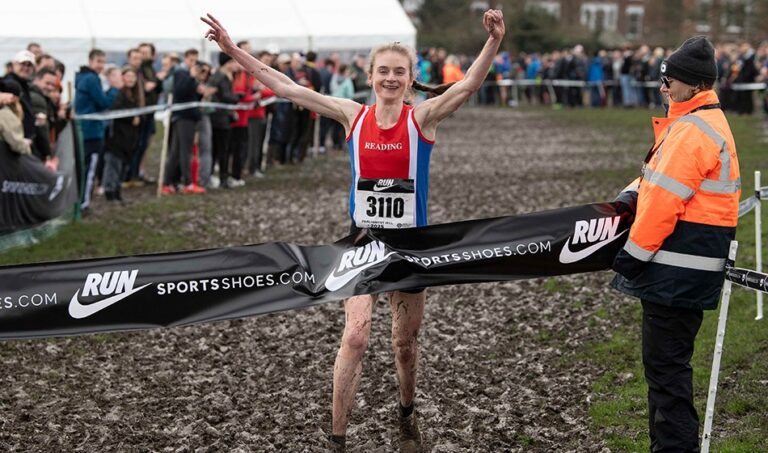
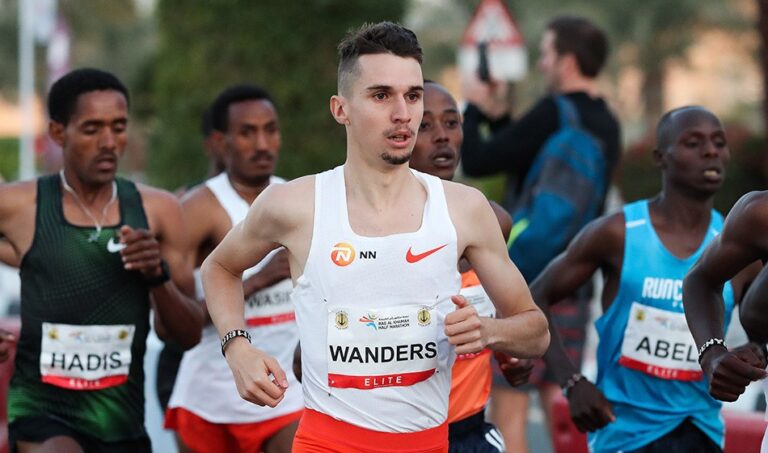
1 thought on “Amazing comeback at the Australian Open”